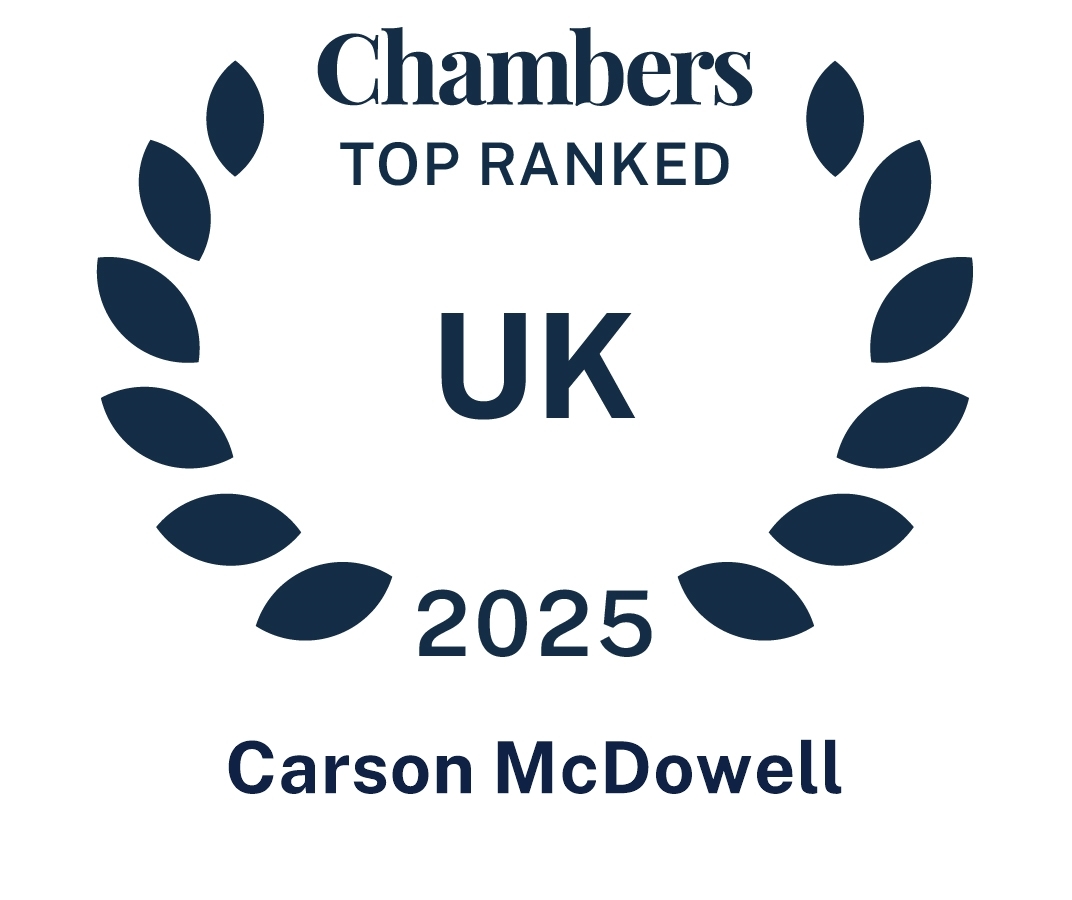Image Rights in Professional Sports

In a world increasingly dominated by professional sports, superstar athletes can leverage their image and reputation to earn huge amounts of money through endorsements, sponsorships, appearances and merchandise.
Think of Patrick Mahomes, the NFL quarterback who reportedly earns at $7m per year from deals with Adidas, Oakley and Bose, or Giannis Antetokounmpo, the Milwaukee Bucks star pulling in $25m annually from Nike and Budweiser. As athletes continue to earn huge amounts from their image, they have understandably become concerned with ensuring that they derive the maximum commercial income from the exploitation of their image rights while maintaining control, exclusivity and value.
What are Image Rights?
The term ‘image rights’ refers to an individual’s proprietary rights in their personality and the ability to exploit, and to prevent unauthorised third parties from making use of, an individual’s persona, including their name, nickname, image, likeness, signature and other characteristics that are inextricably connected with that individual.
Many jurisdictions have specific laws preventing the use of another person’s personality for commercial purposes, including the US, France and Germany. The UK, however, does not have any codified or consolidated legislation that confers such protection. An aggrieved athlete will instead have to piece together a cause of action from a patchwork of statutes, common law, IP rights and other regulatory protections.
Registered Trade Marks
Registered trademarks provide an important practical means of protecting image rights. Trademarks are registered symbols which indicate the origin of goods and services and are widely used by sports stars to identify, protect and exploit their personal image, brand and likeness. Trademarks provide a cause of action where a third party uses the owner’s name on identical goods / services. However, trademarks can be something of a minefield. Famous names and images of celebrities are not capable of protection for all goods and services. The UK Intellectual Property Office has refused registration of marks in respect of mere ‘image carriers’ (e.g. posters) on the grounds that the public does not necessarily believe that all goods bearing a name or image emanate from one ‘official’ source. Clearly, trademarks do not offer a one-stop shop for an athlete seeking to protect and exploit his image rights.
Passing Off
Passing off has been established as a cause of action where the name or image of a famous person has been used without his permission to endorse or advertise some product. To bring a successful action for passing off, an athlete must be able to demonstrate that:
- They have ‘goodwill’ amongst the British public;
- A third party has made (or intends to make) use of their image rights in a manner that is likely to lead the public to believe that the goods / services offered are offered and / or endorsed by the athlete; and
- The misrepresentation has caused or is likely to cause the athlete harm.
If these factors can be established, the court will usually grant the aggrieved athlete an injunction as well as damages and recovery of legal costs. However, UK courts have remained reluctant to provide sports stars with broad protection merely because they have a high degree of recognition amongst the public. First, fame does not necessarily equate to goodwill. Athletes will need to show that they are regularly in the business of commanding fees for product endorsements before a court will agree that a goodwill exists in their name or image. Second, the alleged infringement must involve a genuine deception. Unless consumers are actually likely to believe that the sports star is associated with the product then a court is unlikely to accept that an actionable misrepresentation has occurred.
Copyright
Copyright protects original literary, dramatic and artistic works as well as certain other media. It is of limited use in protecting image rights since there is no intrinsic copyright in a face or a name, and the copyright in a photograph belongs to the photographer rather than the subject. Copyright may offer some protection for image rights were the athlete has copyright in the photograph or film itself, owns the copyright and exploits by way of a licence.
Privacy and Breach of Confidence
Celebrities have successfully relied on the law of privacy to protect commercial image rights. The most famous example is that of Douglas v Hello! [2007] 4 All ER 545, which involved unauthorised photographs taken by a photographer for Hello! magazine at the wedding of Catherine Zeta-Jones and Michael Douglas, who had negotiated an agreement to sell their wedding photographs exclusively to OK! magazine. Following Douglas, the courts have recognised that the law of confidence will afford some degree of protection to those who have entered into exclusive arrangements with celebrities regarding the publication of otherwise confidential or private information. However, it is likely that this protection would only apply to photographs taken of sports stars in specific circumstances, such as at a private event.
Data Protection
UK data protection law imposes broad obligations on those who collect and process personal information. It also grants significant rights to individuals in respect of an organisation’s processing of their personal data. Sports stars seeking to protect their image may therefore be able to rely on these rights to prevent the unauthorised publication of photographs or film bearing their image.
However, commercial parties do not need to rely on the athlete’s consent to process his personal data. A commercial user of an athlete’s image or likeness may argue that there is a legitimate interest in the use of the image. This requires balancing the commercial user’s interests in publication against the athlete’s rights, interests and freedoms, including the likelihood of the publication causing unjustified harm. This has not yet been tested by the courts, but one issue is whether the individual could reasonably expect their image to be published. In the case of a sports star, who should be aware that their image taken in their professional capacity is likely to be published extensively in multiple different contexts, an objection on data protection grounds may be more difficult.
Defamation
A claim for defamation is possible where the name or image of an individual is used without permission in a manner which lowers the individual in the estimation of right thinking members of society. In an action for defamation, a claimant must show that the statement(s) complained of are defamatory, identify or refer to the claimant, and are published by the defendant to a third party. Furthermore, the Defamation Act 2013 introduced a requirement that a statement must have caused, or be likely to cause, serious harm to the individual’s reputation (this legislation only applies in England and Wales, though a similar bill is making its way through the Northern Ireland Assembly). Generally speaking, defamation claims in this context are rare, owing to the general difficulty of proving the necessary factors.
Advertising Standards and Regulations
UK advertising standards codes contain specific provisions dealing with the use of images of individuals, which could conceivably be relied upon by athletes in making a complaint to the Advertising Standards Authority (“ASA”) in the event they are portrayed or referred to in advertisements without their permission. Although breaches of the codes would not provide the players with any right to compensation or other remedy from the advertiser, a successful complaint to the ASA would typically result in the ASA demanding that the advertiser withdraw the offending ad and publishing their adjudication against the advertiser.
Conclusion
Clearly, codified data protection laws are only one part of the web of rights that fall under the ‘image rights’ umbrella. Athletes seeking to protect their image rights in the UK are forced to rely on a variety of rights and protections, and would do well to take advantage of as many of these as possible.
If you would like further information or advice, please do not hesitate to get in touch with the Commercial team at Carson McDowell.
*This information is for guidance purposes only and does not constitute, nor should be regarded, as a substitute for taking legal advice that is tailored to your circumstances.
About the author






